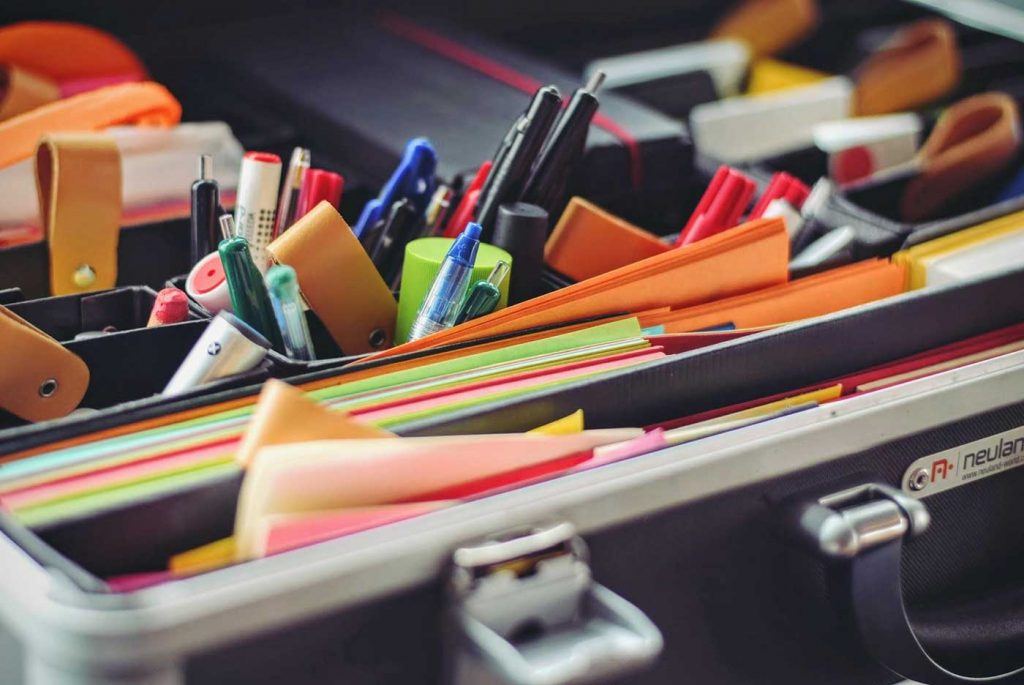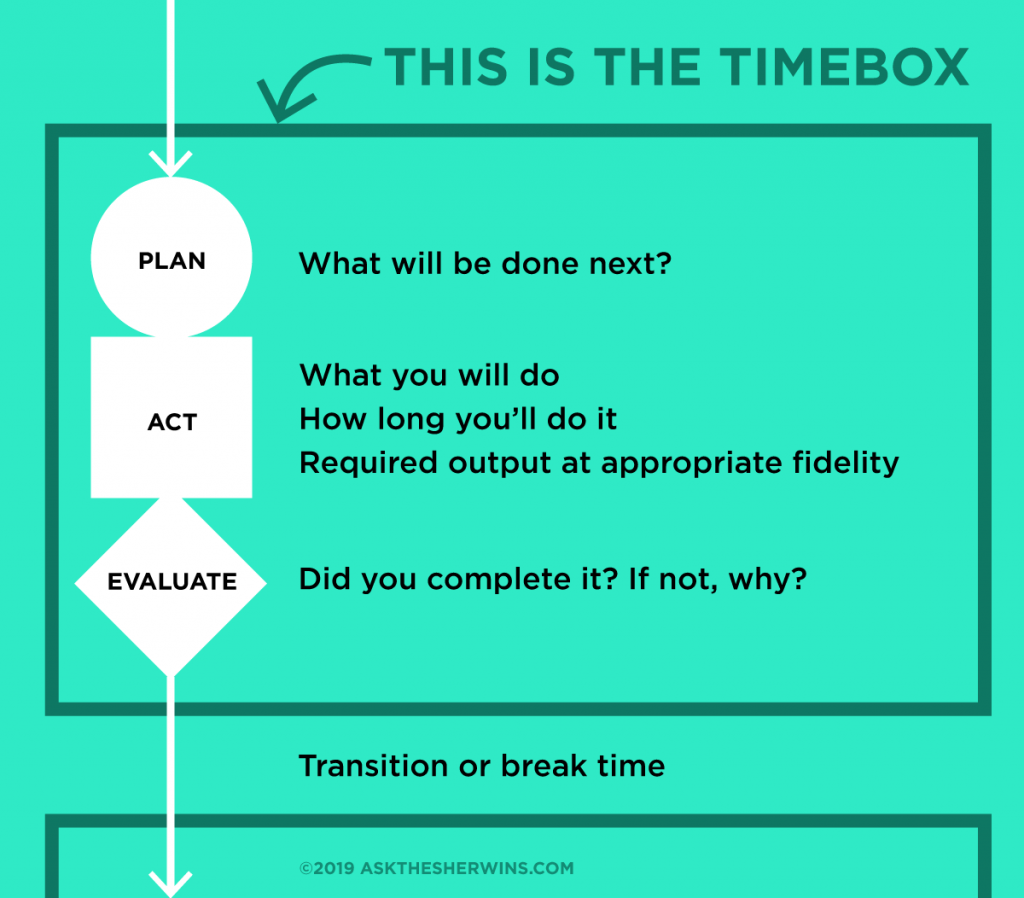By Dylan Hensby
UX Designer at Vogl and Blake Research Consultants
Ideation can be a painful process sometimes. Usually the problem being designed for is complex with multiple parts (also known as a wicked problem), and has no clear solution. So when it comes to creating ideas for these problems it’s normal to run into some difficulty. In this blog post, I look at three areas to consider if you or your team is struggling to generate ideas for both simple and complex problems.
Preparation is Important
The first thing to consider is whether your team is up to the ideation stage. Ideas that are successful are ideas that hit the target, and your research is that target. If you’re running into trouble it might be worth checking whether your team has done enough research. The more research you do, the clearer that target becomes. It also provides a psychological level of security for the team so they know that what is being worked on is worthwhile and isn’t going to be abandoned later on if an adjustment in aim is needed. At Vogl & Blake we can provide research for teams who need an outside perspective so consider outsourcing additional research if you need it.
Another important thing to consider is the preparation of the ideation session. Make sure the room is set up properly. And what I mean by that is to be conscious of it’s layout and contents. You want the space to be open, welcoming, and most importantly comfortable. If management has put your team in the company broom closet, consider perhaps having the session outside in a local park, or hiring a different space altogether.
Equipment is important too. Make sure to stock up on sticky notes, sharpies, butchers paper, etc. Snacks and tea/coffee are also essential. Some companies even include toys and other interactable objects to help stimulate creativity. If the inner environment of your ideation sessions has been overlooked, consider making some changes here as well.

Frameworks Are Your Friend
Ideation frameworks can be a reliable way to produce ideas. If your team is having a difficult time generating ideas then this is the second area to consider. Take a critical look at the methods that you are using. If your team is just ‘brainstorming’ then like a ship without sails, it’s very easy to drift off course. I would encourage you to seek out specific frameworks designed to generate ideas. Crazy 8’s, Worst Idea Ever, and Persona-based Walkthroughs are a couple just to name a few.
If your team already has specific frameworks in place then consider trying new ones. There are countless resources online. Looking at the problem from additional angles can only help at this stage and it might just be the shake up that your team needs.
Use Time to Your Advantage
Time can also be responsible for ideation problems. It’s very easy to have one eye on the blank page in front of you, and one eye on the calendar as the deadline draws closer. The opposite is also true. With no deadline whatsoever it can be difficult to stay focused and make meaningful progress towards a solution.
Try setting time limits, or use the timebox format. Set both time limits for exercises as well as ideation sessions in general. For example, today we are going to do 2 hours of ideation, using bodystorming for the first hour, and then persona-based walkthroughs for the second. Time based ideation frameworks can also be helpful here, such as crazy 8’s, where you have 8 minutes to come up with 8 ideas. Structuring your ideation time can help keep your team focused and give creativity that little kick it sometimes needs.

Also don’t forget to take breaks. Often the best ideas can come through when the mind is rested or thinking about something else. Just like a little computer, the mind can often be working away on the problem in your subconscious. Once the mind is unoccupied by focused thought the solution has room to bubble up to the surface.
Ideation isn’t easy. When you see other teams or people come up with great ideas on the fly, what you don’t see is the conscious design of the space that these ideas grow in. While we can’t control creativity itself, we can control our preparation, the methods we use, and how we use our time. Try adjusting these three areas to create space for your team’s next great idea.
Sources
Gouw, T. “Assorted Pens and Colored Papers” 29 Feb 2016. Retrieved from https://unsplash.com/photos/KigTvXqetXA
Sherwin, D. “How to Do Timeboxing Right” 18 Feb 2019. Retrieved from https://www.davidsherwin.com/blog/timeboxing